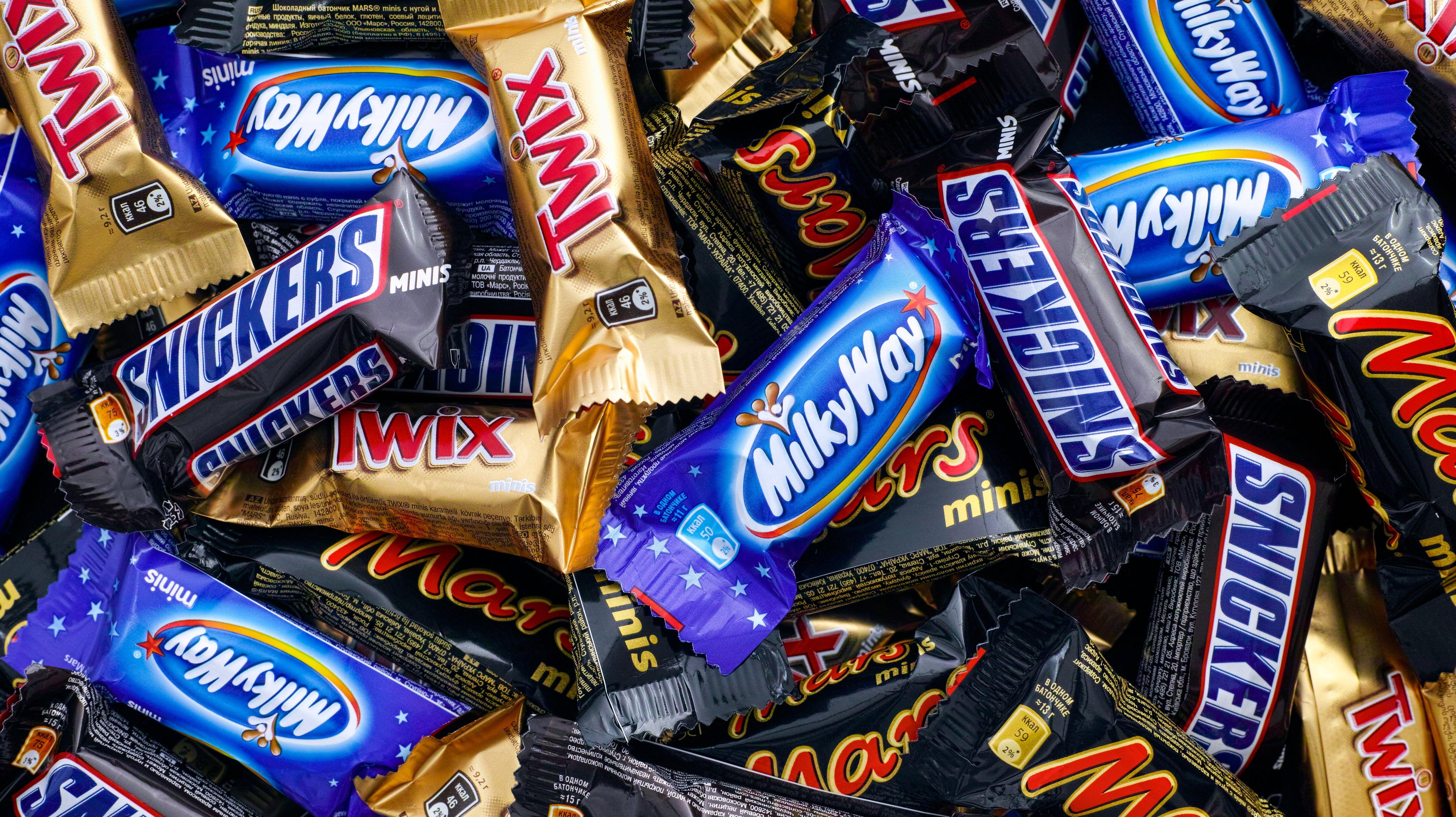Mars Wrigley Is Betting On Emerging Economies
The confectionary company wants everyone to eat as much chocolate as Europeans.
Not everyone likes chocolate (just ask fellow Takeout staffer, Brianna Wellen), but apparently Mars Wrigley does not give a damn what some people might not like or even have access to. The global confectionery manufacturer wants people in developing countries to eat as much chocolate as the average European, reports the Financial Times.
The company, which owns chocolate treats such as Snickers, M&Ms, and Twix, told Financial Times that its new focus on emerging markets has put it on track to double the value of its confectionary sales in these specific markets by 2024.
Mars Wrigley’s new strategy
Beginning in 2019, Mars Wrigley created an emerging markets section of its business that would focus on just that. Rather than fight with competitors such as The Hershey's Company, which owns Reese's, KitKat, and Heath bars among others, for a piece of the same pie, the company decided to target areas where chocolate consumption was low.
These emerging markets include countries such as Mexico, Brazil, Saudi Arabia, the United Arab Emirates, the Philippines, Kenya, Nigeria, Egypt, India, and South Korea. "The amount of chocolate that an Indian or a Mexican consumes is 10 times or less than a European," Blas Maquivar, head of global emerging markets at Mars Wrigley, told the Financial Times.
According to Maquivar, the average consumer outside of Europe eats around 500 grams of chocolate per year, with those in Kenya and Nigeria eating as little as 200 grams—an average European consumer eats 7 kilograms of chocolate per year.
Maquivar also discussed the new strategy in a 2021 podcast episode with McKinsey & Company, during which he noted that in order to reach customers in these developing markets pricing, packaging and format of the snack is crucial. "The ingredients to make chocolate—cacao, sugar, milk—are significantly more expensive than the wheat to make a cookie. In the developed world, it's the other way around. Chocolate and biscuits and cookies basically have the same penetration," said Maquivar to the podcast host.
Mars Wrigley's strategy goes beyond spending more on advertising in these regions, it also includes creating products specifically meant to satisfy the palates of the people living in those areas. For example, the company recently launched a Snickers bar with "caramelo and bacon" in Brazil and one with pistachio, saffron, and almond in India.
Working in new markets isn't exactly a mind-blowing business strategy. But what is interesting about Mars Wrigley's new focus is that the very markets it is attempting to get hooked on its chocolate are the same geographic locations it relies on to source the cacao for its products. Per the company's Cocoa and Forests Action Plan, "Mars Wrigley sources cocoa from a number of countries including Brazil, Cameroon, Côte d'Ivoire, Colombia, Dominican Republic, Ecuador, Ghana, Indonesia, Nigeria, Papua New Guinea, Peru, Philippines and Vietnam, with the majority coming from Côte d'Ivoire, Ghana and Indonesia."
Perhaps knowing the key ingredient in a pack of M&Ms is harvested right in their backyard makes the candy just a little less enticing for the people of those countries. But if so, Mars Wrigley is going to try its best to change that.
